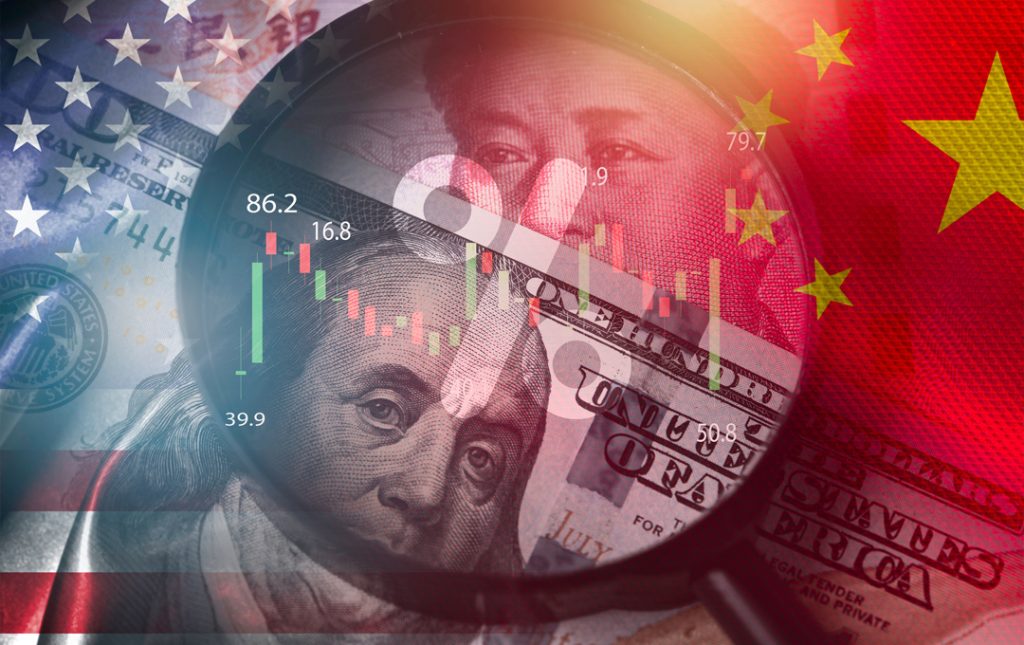The U.S. dollar strengthened on Tuesday as tariffs on Chinese imports officially took effect, prompting swift retaliation from Beijing and sparking a selloff in the Chinese yuan, Australian dollar, Canadian dollar, Mexican peso, and euro.
Key Market Drivers
- 🔹 U.S. Tariffs on China Begin
The Trump administration imposed additional 10% tariffs on Chinese imports as of 12:01 a.m. ET on Tuesday. This follows a period of market optimism about a potential deal, which has now faded as the U.S.-China trade war escalates. - 🔹 Beijing Responds Swiftly
China retaliated with tariffs to take effect on Feb. 10, impacting U.S. automobiles, farm equipment, and energy exports. The retaliatory measures have further heightened global trade tensions and increased volatility in currency markets. - 🔹 Canada and Mexico Receive Temporary Relief
In contrast to China, Canada and Mexico secured a 30-day reprieve from their own tariffs after agreeing to bolster border security. However, analysts warn that trade concerns could resurface if no long-term deal is reached.
Currency Performance
- 🇨🇳 Chinese Yuan (USDCNH): The yuan edged down 0.3% to 7.3213 per dollar, though it remained above its overnight record low of 7.3765. Mainland Chinese markets remain closed for Lunar New Year.
- 🇦🇺 Australian Dollar (AUD/USD): The Aussie fell 0.7% to $0.6186, acting as a liquid proxy for the yuan amid trade concerns.
- 🇨🇦 Canadian Dollar (USD/CAD): The loonie dropped 0.4% to C$1.4485, reversing some of Monday’s rebound after hitting a 21-year low of C$1.4792.
- 🇲🇽 Mexican Peso (USD/MXN): The peso weakened 0.4% to 20.4100 per dollar, though it remains above its three-year low of 21.1882.
- 🇪🇺 Euro (EUR/USD): The euro declined 0.4% to $1.0297, after rebounding from its lowest level since November 2022 at $1.0125.
- 🇬🇧 British Pound (GBP/USD): Sterling slid 0.4% to $1.24047, despite speculation that the UK might avoid direct tariff impacts.
- 🇯🇵 Japanese Yen (USD/JPY): The yen weakened 0.3% to 155.24 per dollar, reflecting rising risk aversion in global markets.
Market Sentiment and Outlook
With escalating trade tensions, investors remain cautious about future negotiations between the U.S. and China. Analysts warn that trading uncertainty is rising, suggesting that FX markets will continue to price in a risk premium due to ongoing geopolitical disruptions.
For now, the dollar remains the key beneficiary of trade turmoil, with USD/CAD expected to rise to C$1.50 by March and further pressure on risk-sensitive currencies.
With market volatility likely to persist, traders should stay vigilant for policy updates and further economic shifts as the global trade war intensifies.



